Maria Hickey from St Oliver Post Primary School in Oldcastle, Co. Meath, gives us her top tips for making jam from this season’s fruit
At this time of year, when fruit is in abundance, a great way for using it up is to make jam. Jam is defined as cooked fruit boiled with 65% sugar, and is made from all sorts and combinations of fruit.
The main objective for making jam is the preservation of fruit, and there are a number of scientific principles at work to make this happen. The main principle behind jam is the use of 65% sugar which prevents bacterial growth by osmosis and therefore preserves it. Also the high temperatures used in the process destroy enzymes and microbes in the fruit, and sealing the pots of jam prevents the re-entry of the microbes which makes the jam last longer.
The three key ingredients to make a jam set are sugar, acid and pectin.
Sugar:
- Preservative
- Helps to set the jam
- Too much sugar causes crystallisation, or lumps of sugar in the mix.
- Too little sugar causes fermentation and the jam won’t set.
Pectin
- Found in the cell walls of ripe fruit.
- Fruit with a low pectin content can be combined with a high pectin fruit. Alternatively, pectin can be added or jam sugar can be used.
Acid
- Draws out the pectin from the cell walls of fruit.
- Prevents crystallisation.
- Improves colour and flavour of jam.
- If there is too little acid in fruit, add lemon juice, citric acid or use jam sugar
In order to help the ‘at home’ cook who may feel overwhelmed by all the requirements to making jam, jam sugar/sure-set sugar was created. Jam sugar/sure-set sugar is sugar crystals coated with pectin and acid. Using jam sugar means a shorter boiling time and as it is purer, less scum is produced.
To make a good jam the choice of fruit made is very important. The fruit should be just ripe, of good quality, acidic and high in pectin. Here is a list of fruits that could be used to make jam according to their pectin level.
| High pectin fruits | Low pectin fruits |
| Under-ripe apples, crab-apples, blackberries and loganberries, cranberries, fresh currants, wine and concord grapes, grapefruit and lemons, sour oranges, sour cherries, plums, melons, guavas, and pomegranates | The above fruits when very ripe, as well as apricots, sweet cherries, figs, kiwis, pineapples, rhubarb, strawberries, table grapes, pears, peaches and nectarines, raspberries, and blueberries |
Key Equipment:
- Heavy based stainless steel saucepan or preserving pan
- Wooden spoon
- Sugar thermometer
- Measuring jug
- Jam jars
- Jam pot covers- wax and cellophane
- Elastic bands and labels
Steps in making Jam:
- Weigh fruit and sugar accurately
- Jars – wash and sterilise in oven @100oC- no chips or cracks
- Prepare fruit- wash, peel, remove stones & chop
- Simmer fruit & water according to recipe
- Add pre-warmed sugar & dissolve
- Boil rapidly. Test for setting – ( temperature 105ºC , plate/wrinkle test or flake test)
- Skim jam & fill jars to 5mm
- Cover immediately with waxed discs & cellophane
- Clean jar and label clearly with the name of the jam and date made
- Store in a cool, dark, dry, well-ventilated area
The characteristic of a good jam are:
- Clear
- Well set
- Bright colour
- Fruity taste
Suggested Jams – Strawberry jam, or apple and blackberry jam
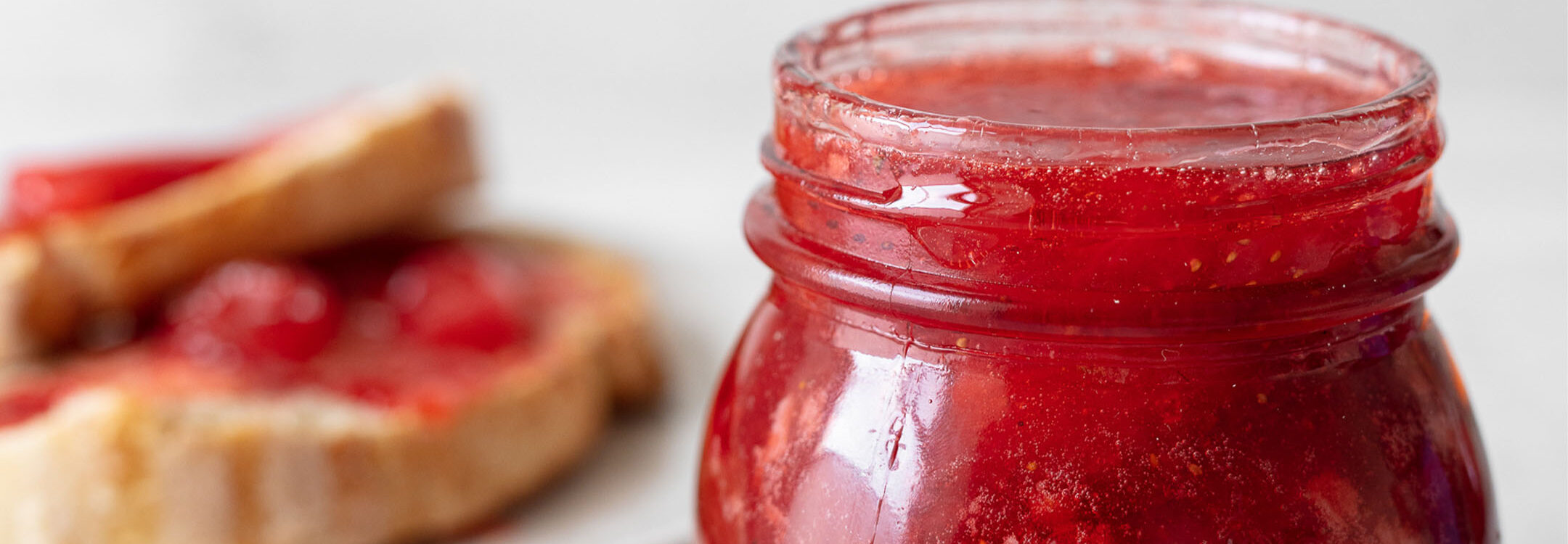
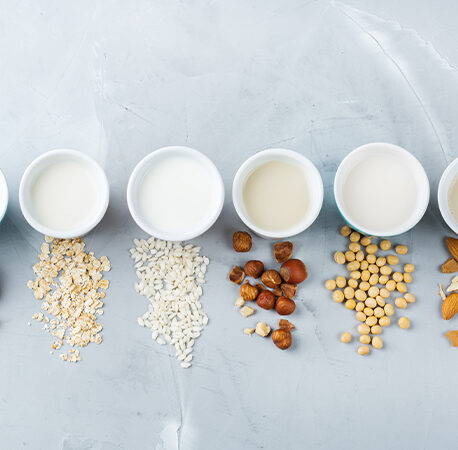
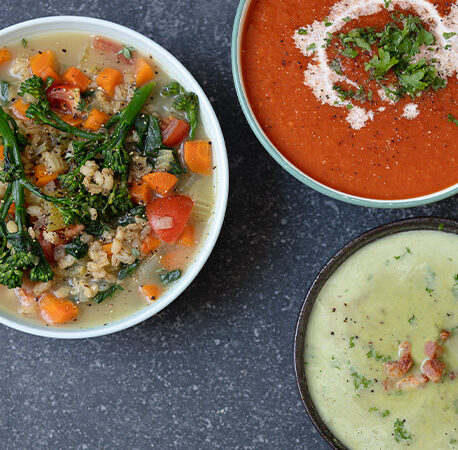
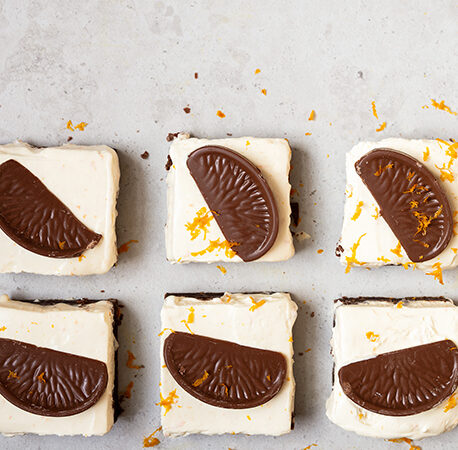
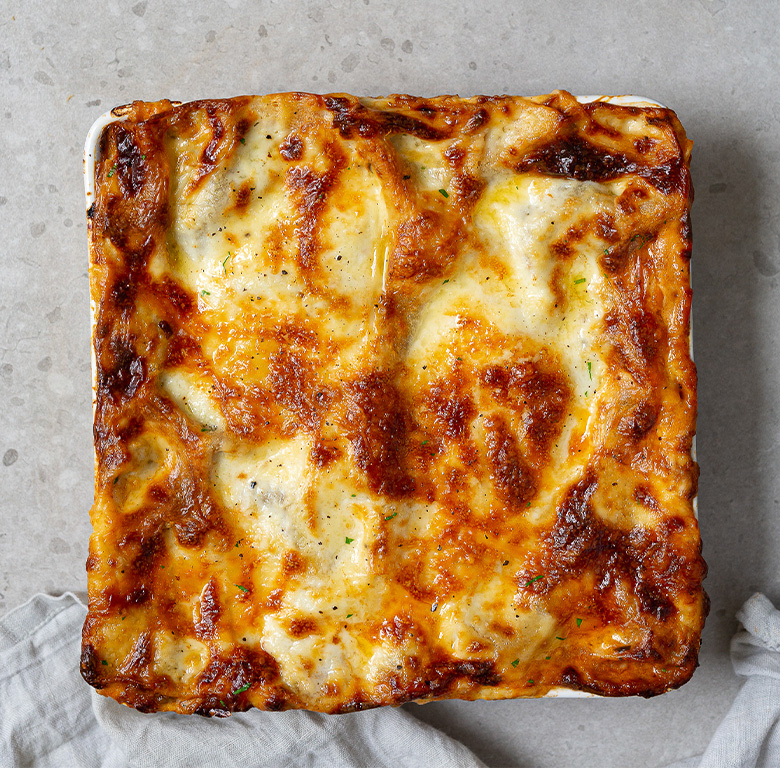
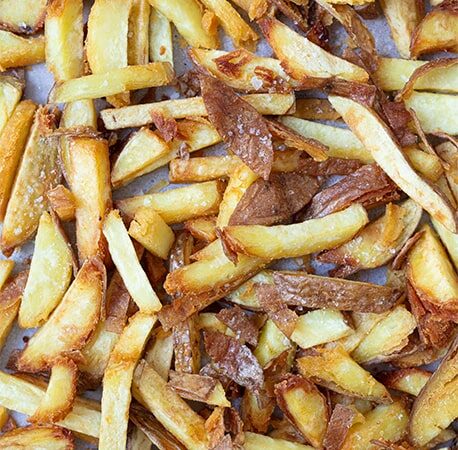
You have to be signed in to comment this post.